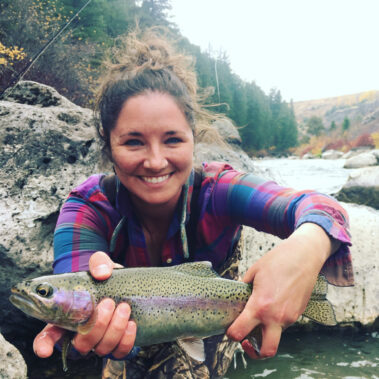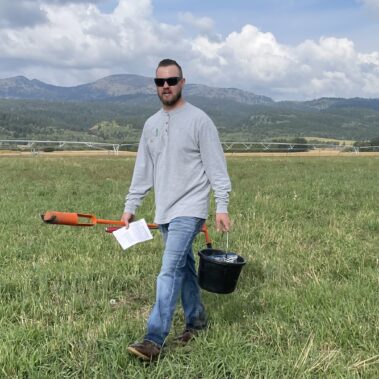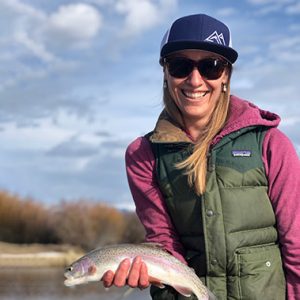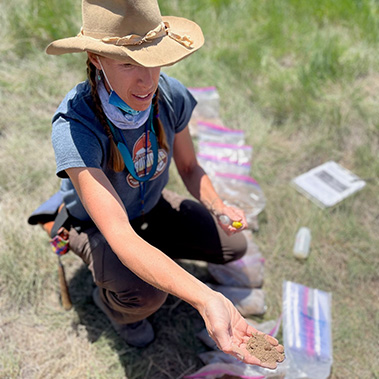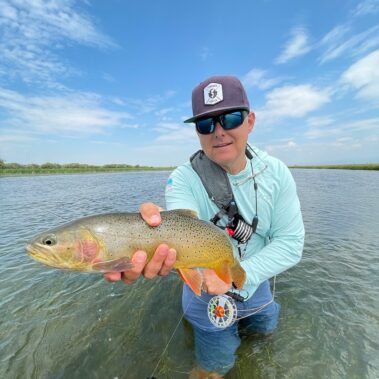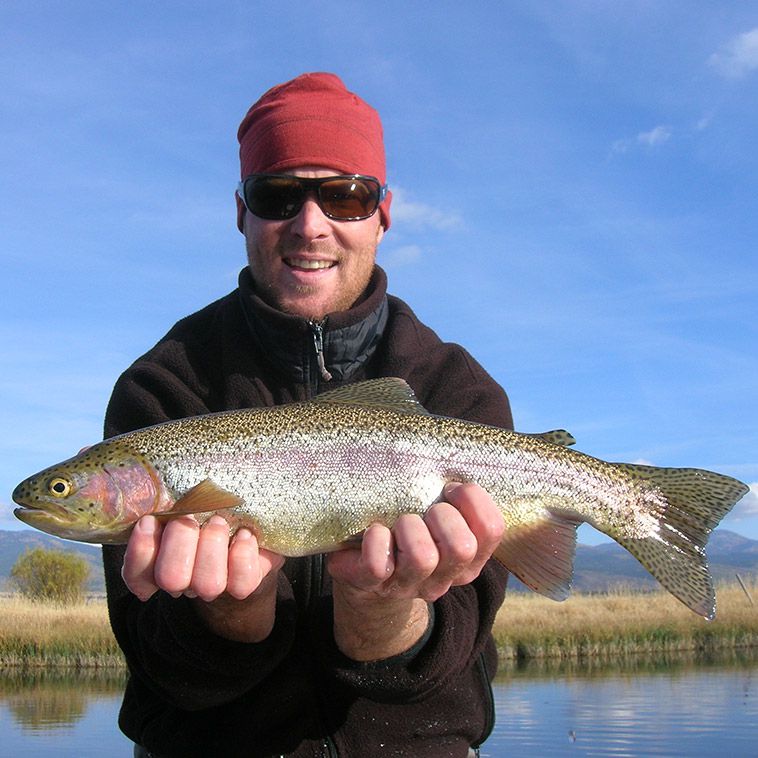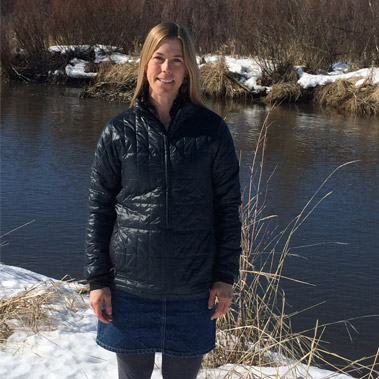
Watershed Research
Water Quality & Quantity
Water has long played a central role in the cultural and economic prosperity of the Teton River Watershed, and currently supports robust agricultural and recreational economies. From agricultural producers to fly fishing guides, water is the lifeblood of this valley. Over the years, changes in land use practices and irrigation techniques have significantly impacted the hydrology and water quality in Teton Valley. A growing population, increased development of private wells and private septic systems, changes in farming and irrigation practices, reduced wetland acreage, and alterations of spring and surface flows all have an impact on the water quality and quantity in the Teton River Watershed. FTR’s water quality and quantity research programs are designed to inform the management Teton Valleys water resources so that clean and abundant water is available for many generations to come.
Water Quality
FTR has been monitoring surface water quality at 12 established locations in the upper Teton River watershed since 2001. The program has been designed to generate high quality data, understand long term trends, and quickly identify emerging threats. The Idaho Department of Environmental Quality (IDEQ) has identified three major threats to water quality in the Teton River Subbasin: sediment, temperature, and nutrients. Although not recognized by the United States Environmental Protection Agency as pollutants, IDEQ has also identified streamflow alteration and habitat alteration as factors impacting water quality. In addition to working with IDEQ, FTR also partners with Teton Conservation District (Wyoming) to collect and share surface water quality data since the Teton River Watershed spans across state lines. FTR’s surface water quality results dictate the on-the-ground work that FTR does. Through the Farms & Fish initiative, FTR is working with agricultural producers to implement agricultural practices such as cover crop usage and reduced tillage to reduce nutrient and sediment load into the Teton River.
To monitor groundwater, FTR relies on data provided by IDEQ monitoring sites. In response to increased residential development, increased reliance on private wells, and groundwater quality monitoring results in portions of the Teton River watershed, FTR has proactively implemented a number of programs to protect ground water quality. These programs include free nitrate testing for private well owners, septic maintenance incentives, and household hazardous waste collection and education.
Water Quantity
The Teton River is fed by tributaries flowing out of the Teton Mountains. These tributaries hold high peak flows in the early summer when snow is melting in the high country. These flows drop significantly throughout the summer and fall. Due to the underlying geology of the area and diversion of water for irrigation, some tributaries end up being dewatered for much of the year.
The way that water is moved and used in the Teton Valley continues to change with changing land use practices. Canal irrigated land is being subdivided into housing developments, efficient sprinkler irrigation systems are being used instead of flood irrigating, downstream water users need water sooner each year and the demand for water from municipalities and private wells is growing. These changes have impacted when and where water is available, how much water is flowing in the Teton River and the tributaries, and how much water is available in the aquifer. In response to these changes, FTR has installed monitoring gauges throughout the valley and invested in irrigation infrastructure upgrades to help irrigators accurately measure diversion amounts. FTR will use these monitoring methods to assess the effectiveness aquifer recharge efforts.
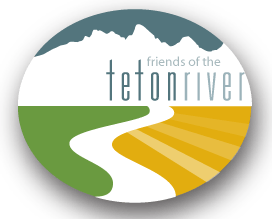
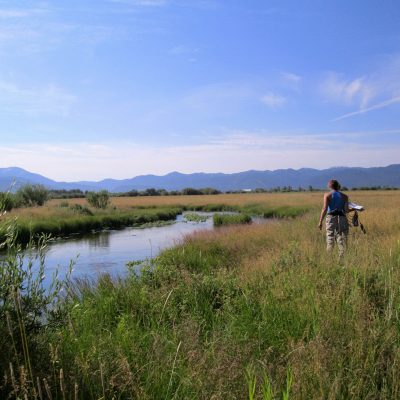
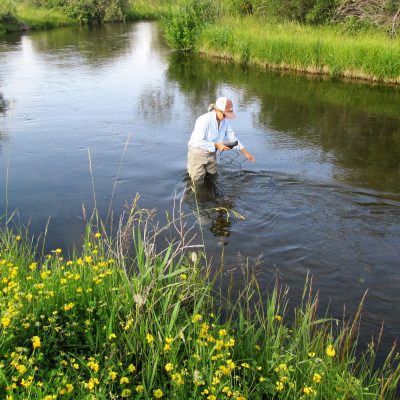
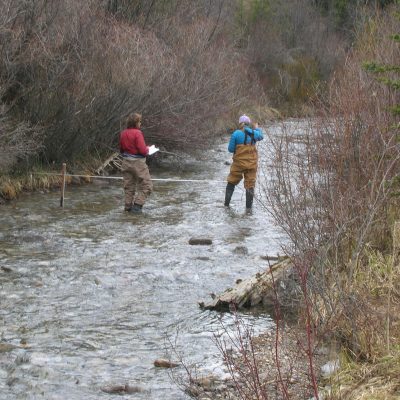


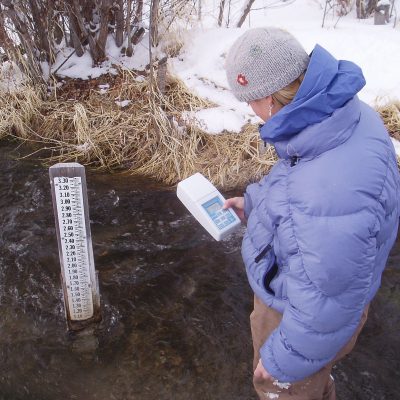
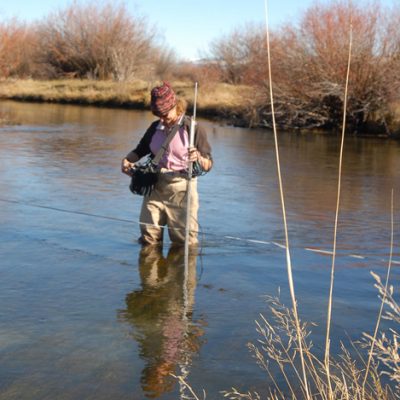
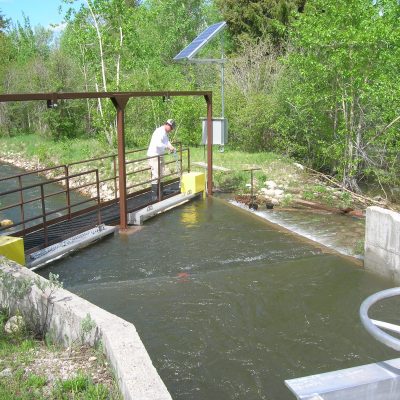


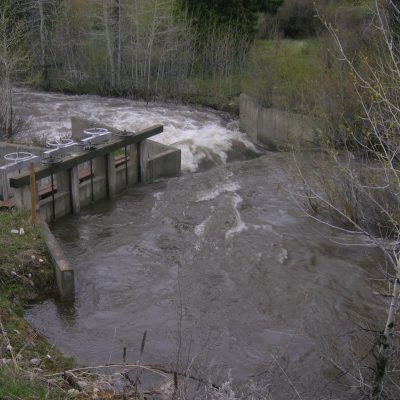


 McKenzie is the Program and Development Associate. She supports the Grants Director, Philanthropy Director, outreach efforts and program staff in the field. She aims to assist staff in meeting goals and producing high quality work in service of the Teton River Watershed. She is originally from Santa Barbara, California and grew up visiting her grandparents in Teton Valley. Her passion for the great outdoors and conservation grew when she studied Ecology and Evolutionary Biology at the University of Colorado Boulder, and she is excited to continue learning from this organization.
McKenzie is the Program and Development Associate. She supports the Grants Director, Philanthropy Director, outreach efforts and program staff in the field. She aims to assist staff in meeting goals and producing high quality work in service of the Teton River Watershed. She is originally from Santa Barbara, California and grew up visiting her grandparents in Teton Valley. Her passion for the great outdoors and conservation grew when she studied Ecology and Evolutionary Biology at the University of Colorado Boulder, and she is excited to continue learning from this organization.